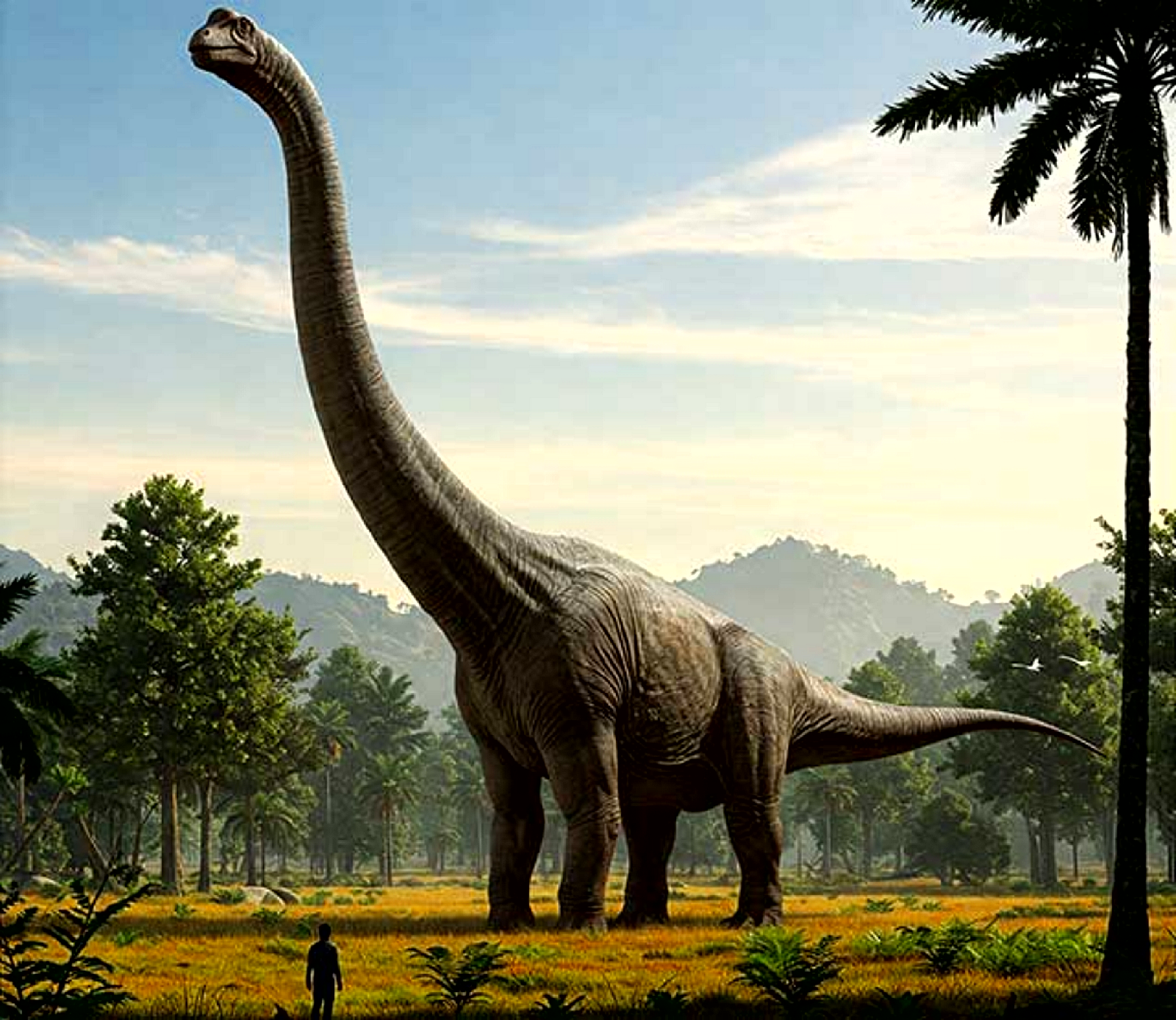Power Without Wires: Unveiling the Promise of Resonance Power Transmission
Nikola Tesla, a Serbian-American inventor and engineer, is renowned for his groundbreaking contributions to the field of electricity. Among his many achievements, Tesla is credited with developing the alternating current (AC) system, which is the foundation of modern power grids today. He also made significant strides in the realm of wireless electricity transmission, a technology that holds immense potential for the future of energy distribution.
Tesla's Vision of Wireless Power
Tesla envisioned a world where electricity could be transmitted wirelessly, eliminating the need for cumbersome and potentially hazardous power lines. He believed that this technology could revolutionize the way we use and access electricity, making it safer, more efficient, and more accessible to all.
In 1899, Tesla embarked on a project to build a wireless power transmission system in Colorado Springs, Colorado. Using a massive Tesla coil, he attempted to transmit electricity over long distances without the need for wires. Although the project was ultimately unsuccessful, it paved the way for future advancements in wireless power transmission.
The Potential of Resonance Power Transmission
Resonance power transmission, a form of wireless power transmission, utilizes the principles of resonance to transfer energy over distances. Resonance occurs when two systems vibrate at the same frequency, causing a transfer of energy between them. In resonance power transmission, one system acts as a transmitter, while the other acts as a receiver.
The potential benefits of resonance power transmission are numerous. It could eliminate the need for power lines, reducing infrastructure costs and improving safety. It could also enable the development of portable and mobile power devices, making electricity more accessible in remote areas. Additionally, resonance power transmission could potentially improve energy efficiency by reducing power losses during transmission.
Future Possibilities
Despite the challenges that remain, resonance power transmission holds immense promise for the future of energy distribution. With continued research and development, this technology could revolutionize the way we use and access electricity, making it safer, more efficient, and more accessible to all.
Here are some potential applications of resonance power transmission:
• Powering homes and offices wirelessly
• Charging electric vehicles without the need for cords
• Providing electricity to remote areas without power lines
• Powering medical implants and wearable devices
As we move towards a future where energy efficiency and sustainability become increasingly important, resonance power transmission could play a significant role in shaping our energy landscape. Tesla's vision of wireless electricity may still be in its infancy, but the potential benefits are undeniable. With continued innovation and dedication, we may soon witness the realization of Tesla's dream, ushering in a new era of energy distribution that is safer, more efficient, and more accessible to all.
Unlikely Buddha 2023



Comments
Post a Comment